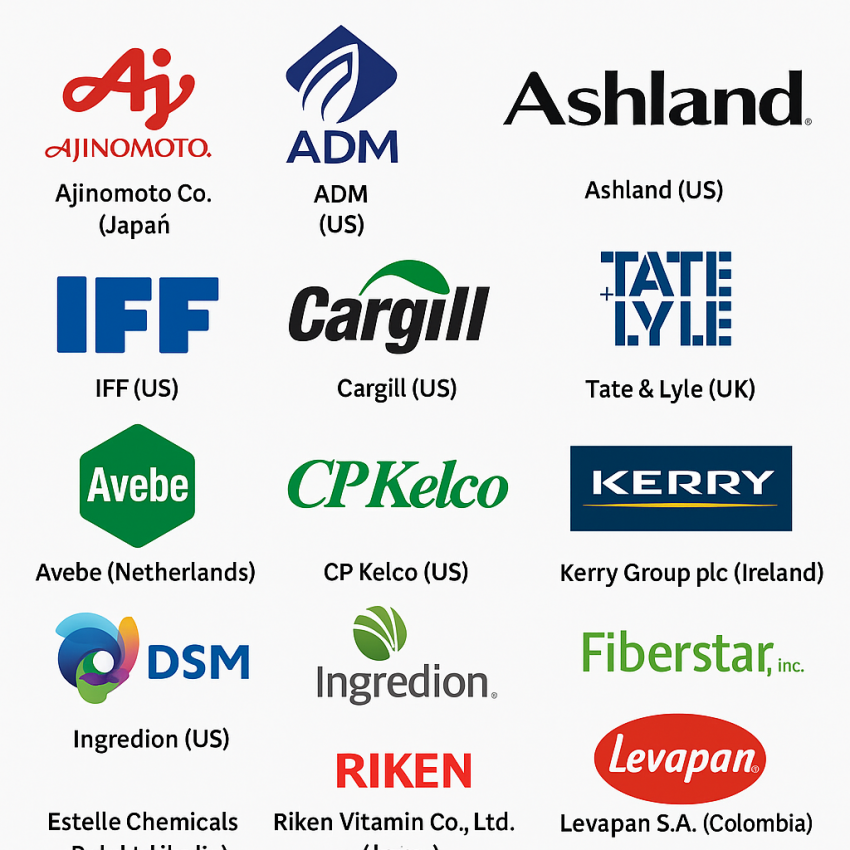The global food texture market is undergoing a transformation fueled by health-conscious consumers, clean-label trends, and growing demand for convenient and ready-to-eat foods. According to a report by MarketsandMarkets, the market is projected to grow from USD 14.3 billion in 2023 to USD 18.8 billion by 2028, reflecting a compound annual growth rate (CAGR) of 5.6%.
What’s Driving the Growth?
At the heart of this growth is a shift in consumer priorities. With rising awareness of health and wellness, shoppers are scrutinizing labels more closely than ever before. Artificial additives are being replaced by natural thickeners, stabilizers, and emulsifiers that deliver both functionality and clean-label appeal. Ingredients like pectin, starch, inulin, gelatin, and cellulose derivatives are gaining popularity for their ability to enhance texture while aligning with clean-label demands.
Ready-to-eat and convenience food products are also becoming staples in urban lifestyles, particularly in developing economies. This shift is accelerating the need for efficient texturizers that not only improve mouthfeel but also ensure product stability and shelf-life.
Natural Sources Take the Lead
Natural food texturizers have long been used in the food industry, but today, they’re seeing renewed interest due to their clean-label status. From cornstarch and agar agar to gelatin and pectin, these naturally derived ingredients are becoming the preferred choice for both manufacturers and consumers. The natural segment is not only the largest by market share—it is also growing the fastest, thanks to increasing awareness about sustainability and perceived health benefits.
As more consumers seek out foods made from recognizable, minimally processed ingredients, demand for natural texturizers is expected to surge. This trend is particularly relevant in bakery, confectionery, dairy, and frozen food segments where texture plays a pivotal role in product appeal.
North America: A Market Powerhouse
North America continues to lead the global food texture industry, driven by its robust food and beverage industry and strong presence of key manufacturers. The region benefits from high production and export capabilities of ingredients like gelatin, pectin, and cellulose derivatives. Major players such as ADM, International Flavors & Fragrances Inc., DSM, and CP Kelco are headquartered in the US and play a critical role in innovation and market expansion.
The United States, in particular, is one of the top exporters of food texturizer ingredients and hosts many global food brands that are actively investing in natural and clean-label product lines. This makes North America not just a consumer hub but also a production and innovation center for texturizing agents.
Request Custom Data to Address your Specific Business Needs
Looking Ahead
As the food industry evolves, the role of texture is becoming more central to product success. Whether it’s creamy yogurts, chewy candies, or smooth sauces, texture impacts how we perceive and enjoy food. With rising demand for healthier, more natural products, the food texture market is poised for steady, long-term growth.
Manufacturers that prioritize transparency, sustainability, and ingredient innovation will be well-positioned to lead in this space. The clean-label movement is no longer a niche—it’s a mainstream expectation reshaping the food landscape.

